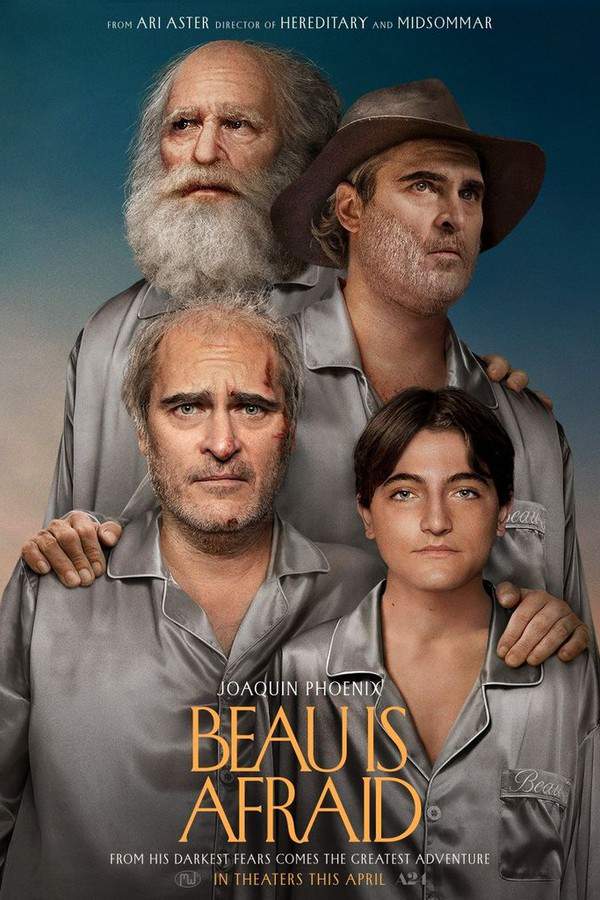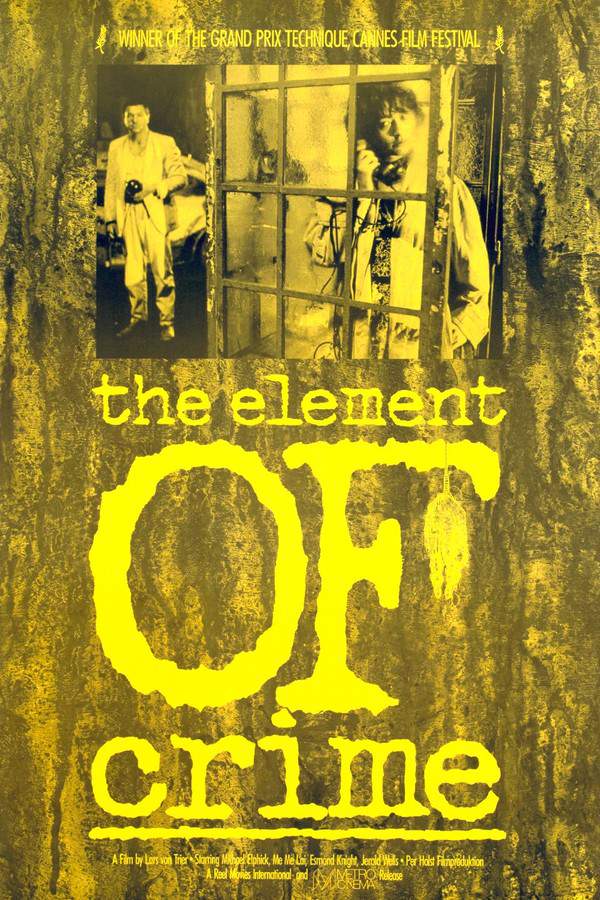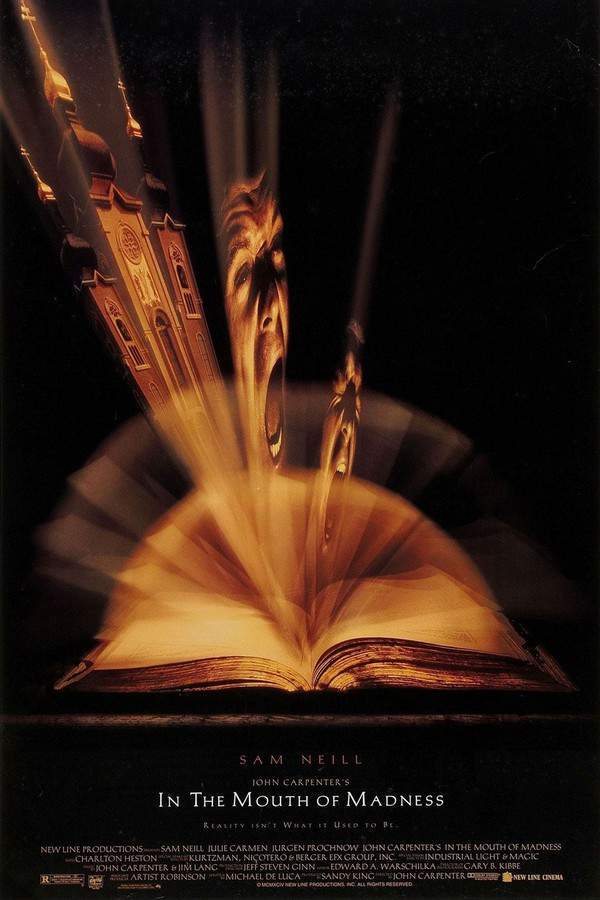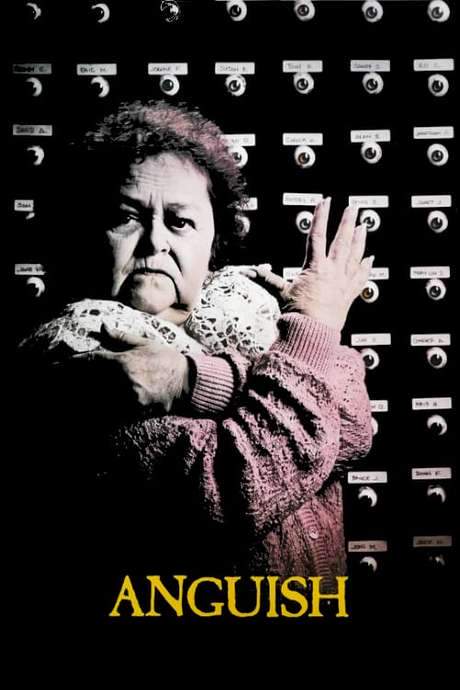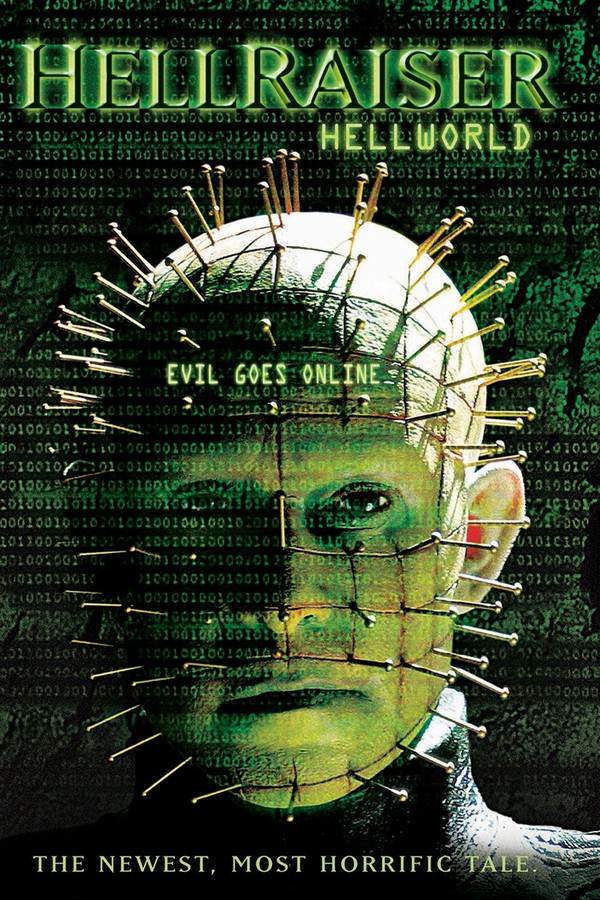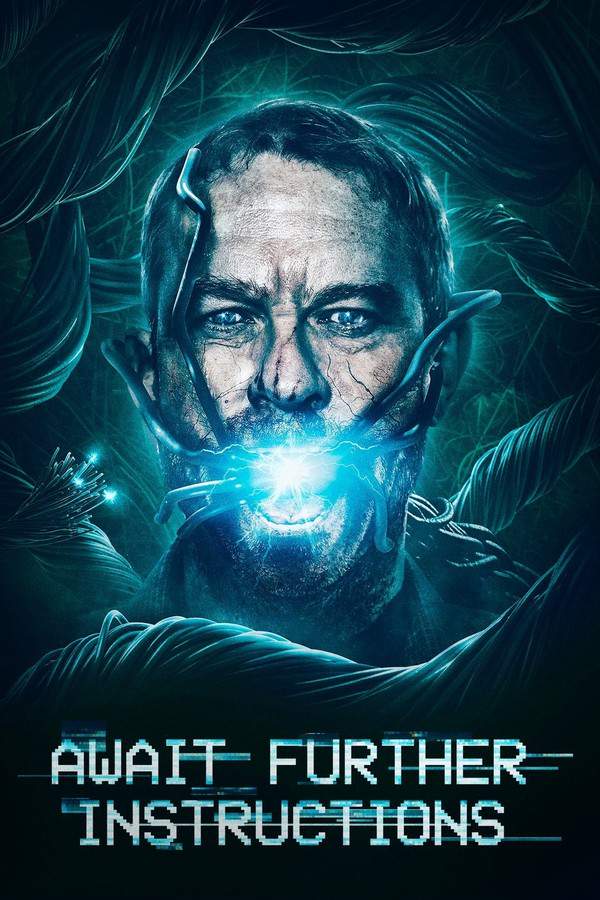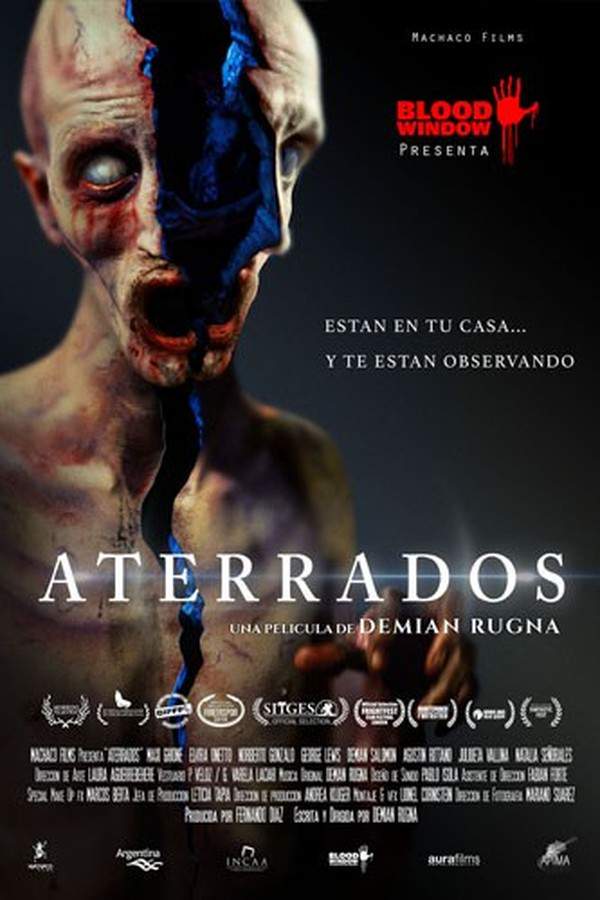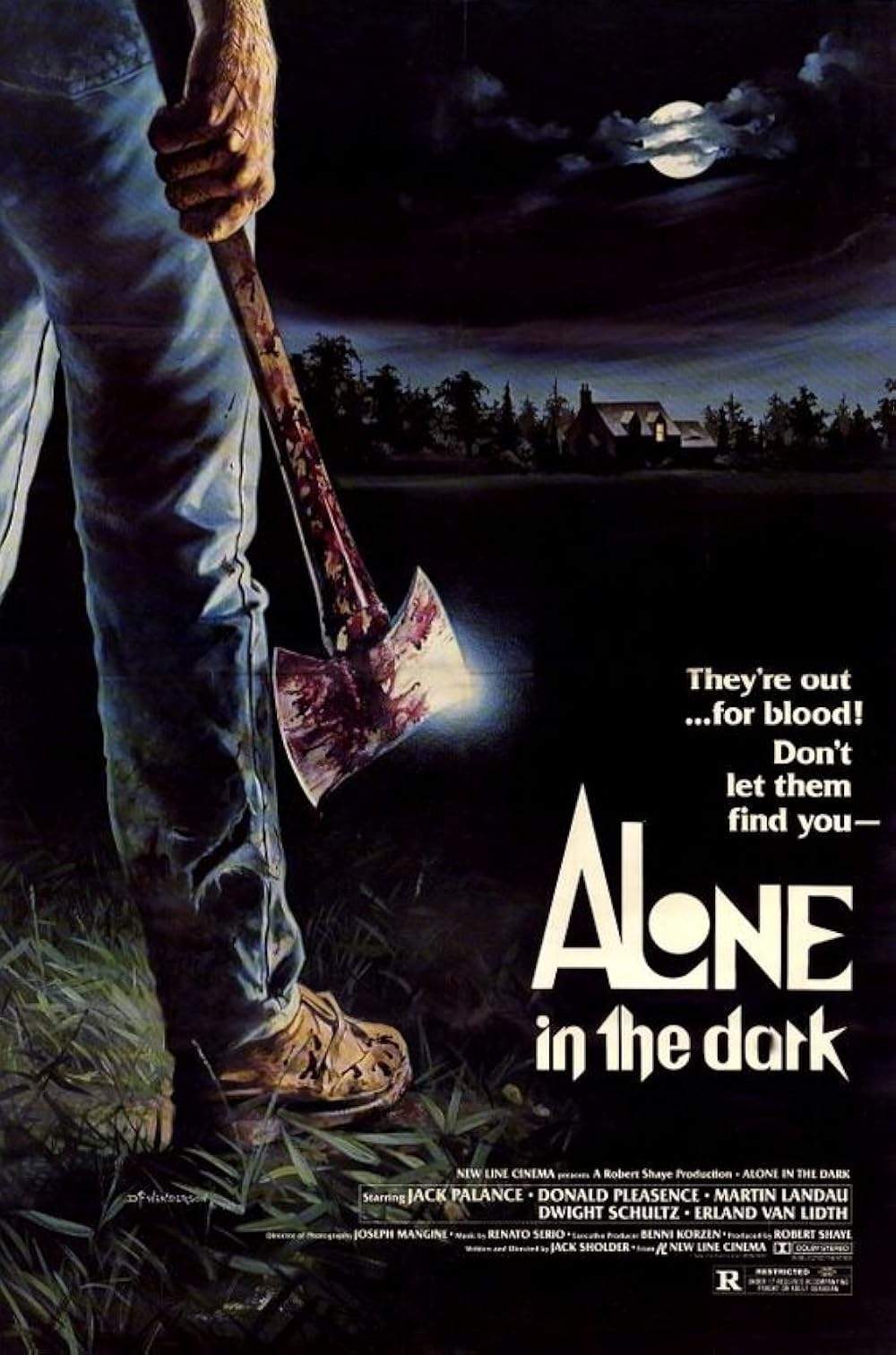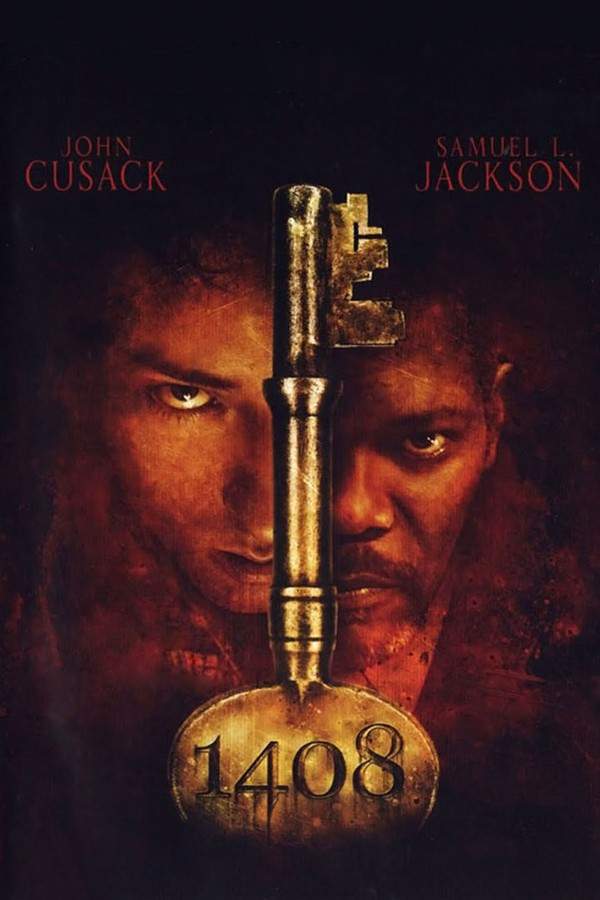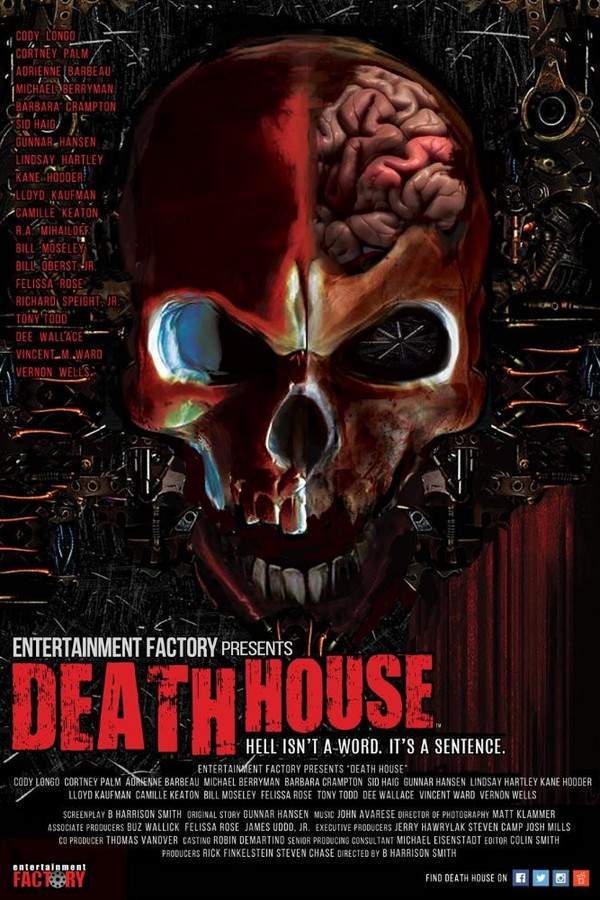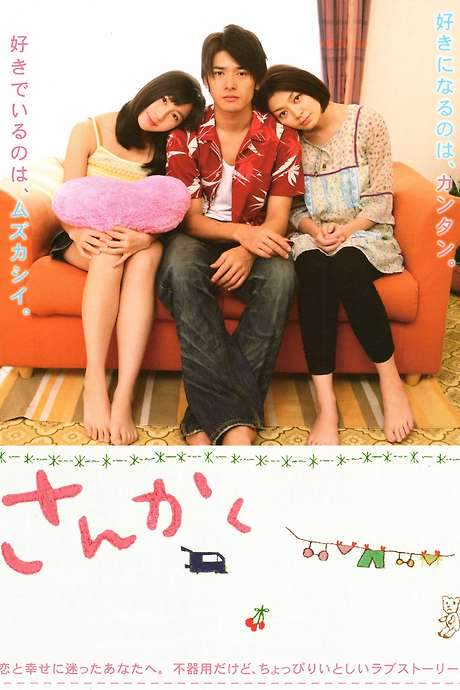
Triangle
Year: 2010
Runtime: 99 mins
Language: Japanese
Director: Keisuke Yoshida
Former street punk Momose (Sousuke Takaoka) lives with his girlfriend Kayo (Tomoko Tabata). Their summer routine is disrupted when Kayo’s younger sister Momo (Erena Ono) moves in. As Momo’s free‑spirited nature shines, Momose becomes increasingly drawn to her, creating a tangled love triangle, sly. Directed by Keisuke Yoshida, who made “Cafe Isobe.”
Triangle (2010) – Spoiler-Free Movie Summary & Plot Overview
Get a spoiler-free look at Triangle (2010) with a clear plot overview that covers the setting, main characters, and story premise—without revealing key twists or the ending. Perfect for deciding if this film is your next watch.
In the calm of a Florida harbor, Jess prepares a modest day out with her autistic son, Tommy, and invites her close friend Greg to join them on a short boat excursion. Their small crew soon expands as a handful of acquaintances—Victor, Sally, Downey and Heather—climb aboard, turning the outing into a lively, if slightly uneasy, gathering. The film opens with a light‑hearted domestic rhythm, underscored by the quiet concern a parent feels for a child who sees the world differently, and a subtle undercurrent of anticipation as the sea begins to stir.
A sudden storm rolls in, forcing the group to confront the raw power of the ocean. The weather’s fury capsizes their vessel, leaving the survivors clinging to the overturned hull as the tempest finally subsides. While the sea calms, a distant ocean liner named the Aeolus drifts into view, its silhouette promising refuge yet exuding an unsettling stillness. The tone shifts to a measured dread, as the sailors board the seemingly deserted ship and find its corridors echoing with a strange sense of déjà vu.
Within the ship’s shadowed passages, everyday items—keys, fresh provisions—appear as silent clues that someone—or something—has been there before. The atmosphere tightens, blending the claustrophobic hush of empty decks with fleeting, inexplicable moments that suggest the characters are being watched. Jess and the others navigate this liminal space, their relationships strained by the eerie environment, and the film teeters between intrigue and unease, hinting at hidden patterns that loop back on themselves.
The narrative centers on Jess’s growing sense that ordinary reality has slipped into a puzzling loop, where ordinary concerns mingle with the uncanny. As the group explores the ship, the mood oscillates between curiosity and mounting tension, inviting the audience to wonder how far the ordinary can be stretched before it unravels into something far more bewildering.
Last Updated: October 07, 2025 at 13:33
Explore Movie Threads
Discover curated groups of movies connected by mood, themes, and story style. Browse collections built around emotion, atmosphere, and narrative focus to easily find films that match what you feel like watching right now.
Movies with fatalistic time loops like Triangle
Characters trapped in merciless cycles, forced to relive their greatest failures.If you liked the recursive horror of Triangle, explore more movies like it. This thread gathers stories where characters are caught in inescapable loops, facing psychological torment and confronting their past in a cycle of despair and inevitability.
Narrative Summary
The narrative pattern involves a protagonist stuck in a recursive sequence of events, often triggered by a traumatic incident. As the loop repeats, they are forced to confront their actions, guilt, or a fate they cannot change, leading to a deepening sense of despair and futility.
Why These Movies?
Movies are grouped here by their shared core premise of a punishing time loop and the resulting psychological unraveling. They create a specific, claustrophobic feeling of being trapped not just physically, but metaphysically, with a heavy focus on themes of fate and self-confrontation.
Claustrophobic psychological horror movies like Triangle
Stories where reality unravels and characters spiral into paranoia.For viewers who appreciated the mind-bending tension of Triangle, this section features similar movies. Discover psychological horror films with a fast pace, high intensity, and a focus on a character's desperate and paranoid unraveling in a confined setting.
Narrative Summary
The narrative follows a character who is psychologically isolated, often in a confined space or situation. As external pressures mount and reality distorts, their mental state rapidly deteriorates. The story unfolds at a breakneck pace, leaving little room for respite as the character confronts their own crumbling sanity.
Why These Movies?
These films are connected by their overwhelming focus on a single character's psychological breakdown. They share a fast, frantic pacing, a dark and tense tone, and a high-intensity atmosphere that feels claustrophobic and desperate, prioritizing psychological horror over traditional scares.
Unlock the Full Story of Triangle
Don't stop at just watching — explore Triangle in full detail. From the complete plot summary and scene-by-scene timeline to character breakdowns, thematic analysis, and a deep dive into the ending — every page helps you truly understand what Triangle is all about. Plus, discover what's next after the movie.
Triangle Summary
Read a complete plot summary of Triangle, including all key story points, character arcs, and turning points. This in-depth recap is ideal for understanding the narrative structure or reviewing what happened in the movie.

Triangle Timeline
Track the full timeline of Triangle with every major event arranged chronologically. Perfect for decoding non-linear storytelling, flashbacks, or parallel narratives with a clear scene-by-scene breakdown.

Characters, Settings & Themes in Triangle
Discover the characters, locations, and core themes that shape Triangle. Get insights into symbolic elements, setting significance, and deeper narrative meaning — ideal for thematic analysis and movie breakdowns.

More About Triangle
Visit What's After the Movie to explore more about Triangle: box office results, cast and crew info, production details, post-credit scenes, and external links — all in one place for movie fans and researchers.


